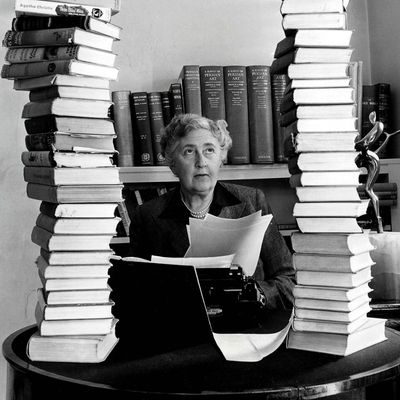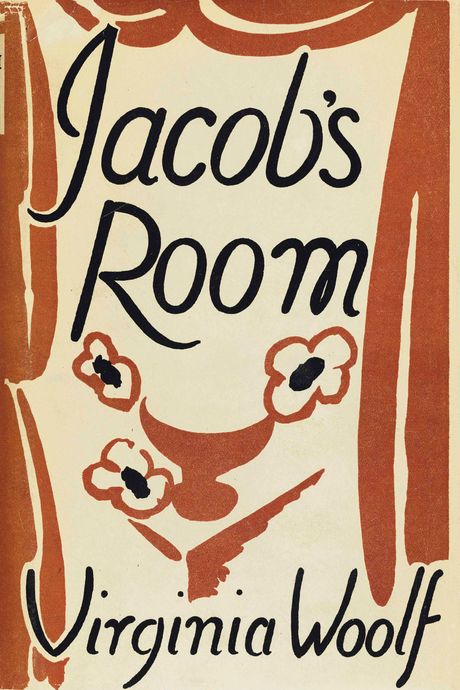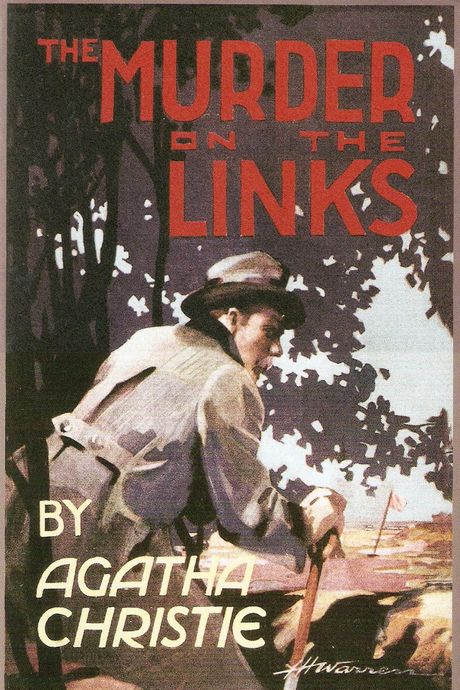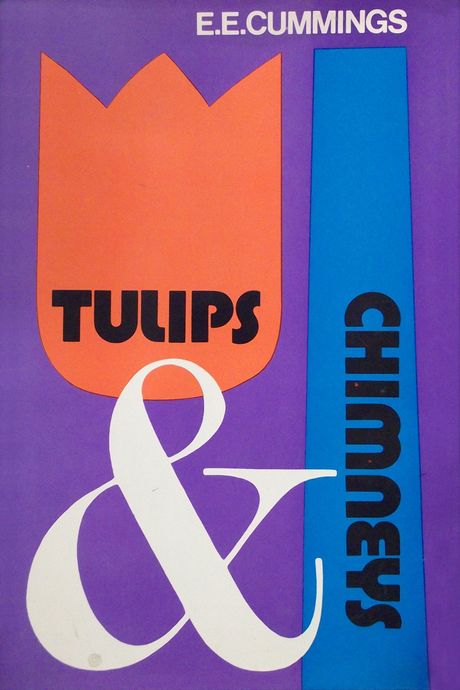
On January 1, just as you were absolutely 100 percent adding “read more classic literature” to your list of New Year’s resolutions, a pile of great work became available in the public domain. What that means, essentially, is that more than 50,000 previously copyrighted works can suddenly be yours, as Oprah might put it in her trademark singsong yodel, FOR FREEEEEEEEEE. (We won’t get into the finer details here, but essentially, laws were altered in 1998 that extended the terms of copyright 20 more years — from 75 to 95 — and now everything published during or before 1923 is fair game.)
The full list is, um, a little rough to toil through (although I am desperate to find out what the previously unrenowned Rhoda Barclay’s play Oh! What a Family!, featuring someone named Alice who is “inclined to take the joy out of life,” is all about). So to make your life easier, here are your ten best bets.
Jacob’s Room, Virginia Woolf
Sure, Portrait of the Artist As a Young Man came first, but Jacob’s Room was the novel that launched modernism into the public consciousness and cemented Woolf’s status as a defining voice of the century. It’s slim and wonderful and decidedly easier than her later works, so if you’re afraid of Virginia Woolf, start here.
Harmonium, Wallace Stevens
Admittedly, a good portion of Harmonium is already available, as the poems were also published in various magazines. But this is the Pulitzer Prize–winning insurance-man-poet’s first book, published when he was 44, and it includes the phenomenal “Thirteen Ways of Looking at a Blackbird.”
Love and Other Stories, Anton Chekhov (translated by Constance Garnett)
The prize here is in the combination of the arguably greatest short-story writer of all time and the most prolific translator of Russian literature of all time. If you read Dostoevsky or Tolstoy in high school, it was probably Garnett’s translation.
The Murder on the Links, Agatha Christie
Hercule Poirot was still a very new character when Christie published this tale of a murdered Frenchman. Widely praised and read, it cemented Poirot’s status as a successor to Sherlock Holmes.
The Case for Spirit Photography, Arthur Conan Doyle
Speak of the devil. Yes, the creator of the painfully logical Sherlock Holmes was so obsessed with séances, spirits, and the Great Beyond that he wrote this detailed casebook explaining exactly how photographers had indeed captured dozens of ghosts on film. Read this, and then Julian Barnes’s phenomenal Arthur and George.
The Inimitable Jeeves, P.G. Wodehouse
Tallyho! If you aren’t delighted by the chance to read about the adventures of Bertie Wooster’s ingenious valet without paying a single penny for it, then I don’t know what to tell you, old sport.
The Prophet, Kahlil Gibran
A Thousand and One Nights for our time, the 26 fables in this connected collection are each the conversations of one man journeying home, discussing love, loss, and the human condition with a crowd of strangers. You’ll cry.
Tulips and Chimneys, e.e. cummings
cummings’s debut poetry collection established him as a delightfully kooky grammarian and helmed his adventures into poetry as “process” rather than product.
The Doves’ Nest and Other Stories, Katherine Mansfield
If all you’ve read of Mansfield is The Garden Party, this collection, which her husband published immediately after her death, is highly worthwhile, especially for its devastating portraits of the lonely and bereaved.
A Son at the Front, Edith Wharton
By 1923 readers were exhausted by the subject of World War I. But Wharton, who stayed in France to support the war effort, produced this remarkably underrated work, allegedly inspired by a young soldier she met and the parents who sacrificed him to battle.




